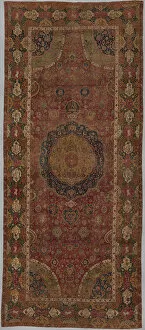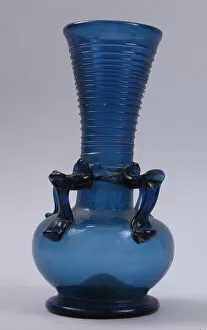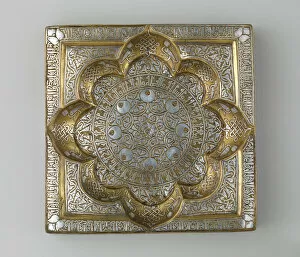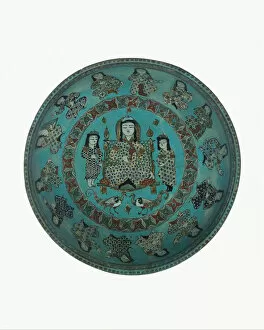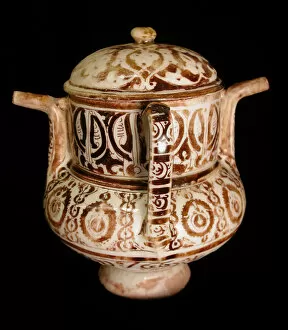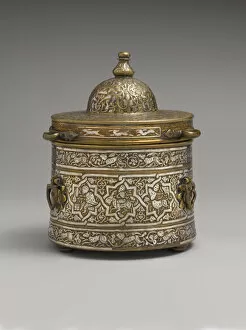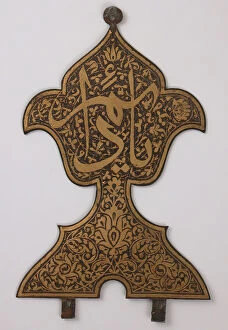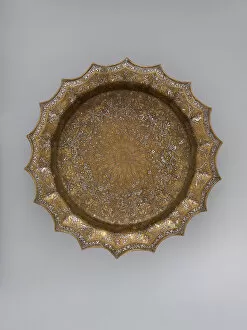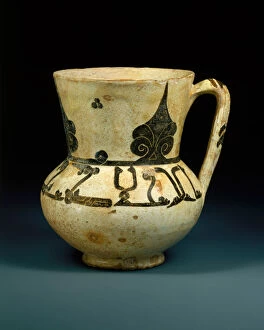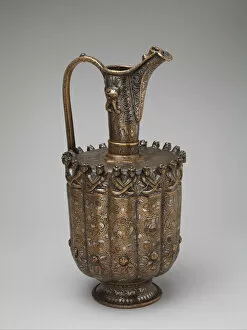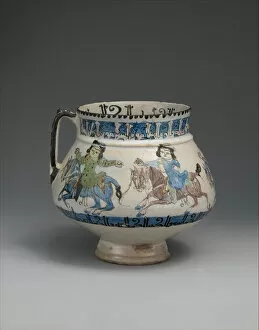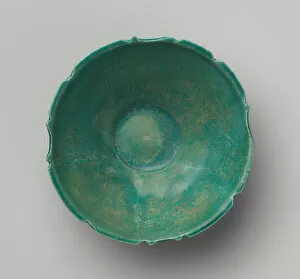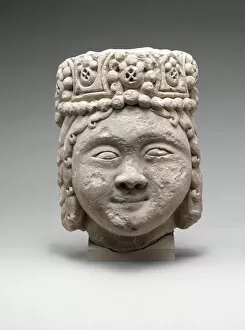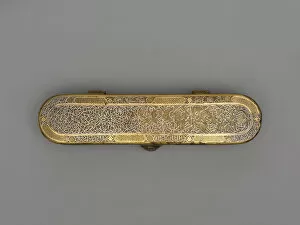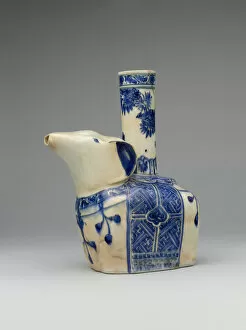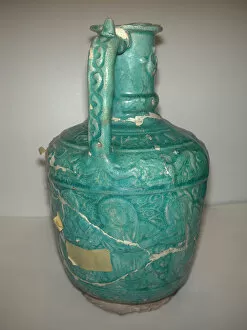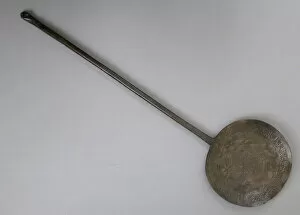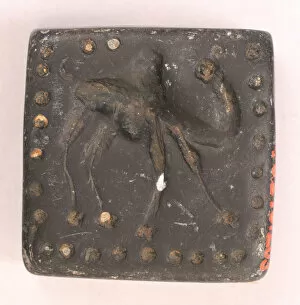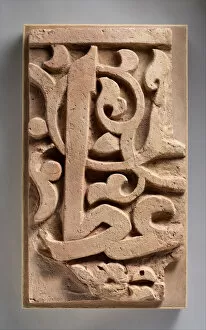Islam Collection (page 100)
"Islam: A Tapestry of Faith, Culture
The Seley Carpet, Iran, late 16th century. Creator: Unknown
The Seley Carpet, Iran, late 16th century
Chess Piece, King, Iran, 9th-12th century. Creator: Unknown
Chess Piece, King, Iran, 9th-12th century
Chess Piece, Pawn, Iran, 9th-12th century. Creator: Unknown
Chess Piece, Pawn, Iran, 9th-12th century
Garrus-ware Bowl, Iran, 12th-13th century. Creator: Unknown
Garrus-ware Bowl, Iran, 12th-13th century
For sale as Licensed Images
Choose your image, Select your licence and Download the media
"Islam: A Tapestry of Faith, Culture, and History" From the intricate Islamic carvings adorning the walls of Alhambra in Spain to the serene sight of a Muslim woman kneeling on her prayer mat in Jordan, Islam weaves together diverse elements that span continents and centuries. In Cairo, a veiled Egyptian woman stands as a symbol of resilience and grace amidst bustling streets. Traveling back in time to the 1800s, Palestinian women gather in Jerusalem, their presence echoing strength and determination. The Old Bridge over the Neretva river in Mostar, Bosnia and Herzegovina tells tales of unity bridging divides through its architectural marvel. The majestic Cedars of Lebanon stand tall as ancient witnesses to faith's endurance throughout generations. Reflecting upon history, we encounter the Arab empire flourishing during the mid-700s—a testament to intellectual advancements that shaped civilizations. Even propaganda postcards cannot overshadow Islam's essence; they merely serve as reminders that misunderstandings can arise from fear or ignorance. Yet amidst turmoil depicted by Arabs fighting tigers in desert landscapes lies an unwavering spirit rooted deep within this faith. Journeying further reveals breathtaking sights like Alhambra palace with its reflecting pool—an oasis for contemplation and beauty nestled within Granada's embrace. And who could forget Dome of the Rock standing proudly alongside Western Wall? These landmarks embody spiritual significance not only for Muslims but also for those seeking solace or connection across cultures. Islam is more than just a religion—it is an intricate tapestry interwoven with artistry, devotion, history, and diversity. It invites us all to explore its rich heritage while fostering understanding among nations worldwide—bridging gaps between past and present so that we may forge a brighter future together.


